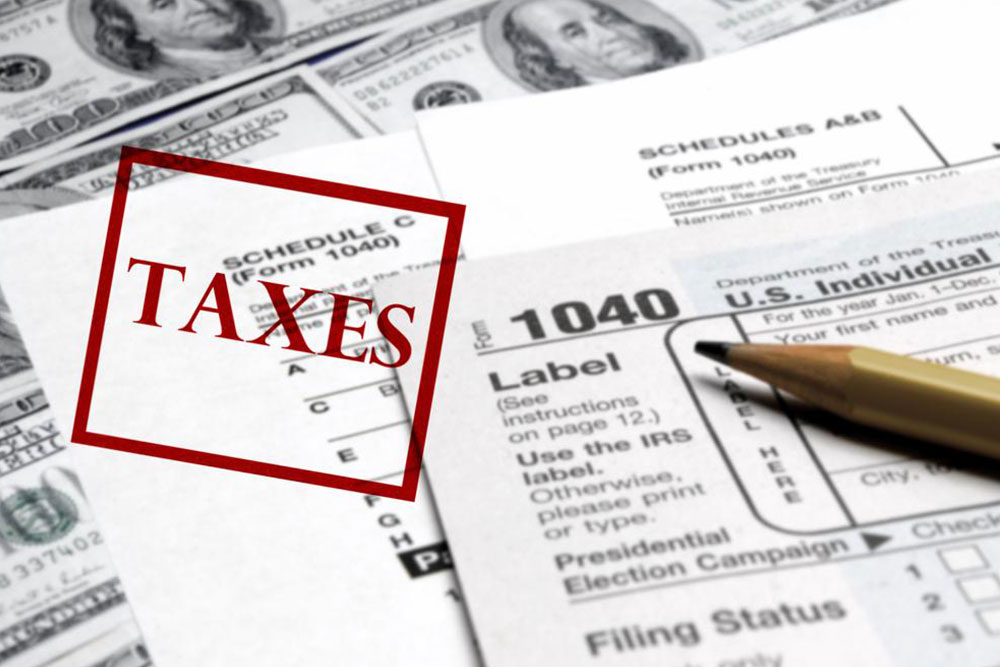Guide to Efficiently Estimating Your Income Taxes
This comprehensive guide explains how to use online income tax estimators for accurate and hassle-free tax calculations. Covering income reporting, deductions, credits, and results, it’s a valuable resource for both first-time filers and experienced taxpayers seeking efficient tax planning.
Sponsored

The annual tax season often causes anxiety for many, as filing taxes involves complex calculations that can lead to errors. To simplify this process, many individuals turn to online tax calculators to get an accurate estimate of their liabilities before submitting official returns.
Tax filings include reporting income, expenses, and other relevant financial data to tax authorities. These filings help determine tax owed, potential refunds, or adjustments needed for overpayments.
Anyone with taxable income must file annual income tax returns. To make this task manageable, returns are categorized into three sections:
Income Details: Includes all sources like wages (reported via W-2), self-employment income, royalties, and investments like capital gains.
Deductions: These reduce taxable income and vary by jurisdiction. Taxpayers can choose between itemized deductions or standard deductions based on eligibility.
After deductions, the taxable income is calculated to determine the applicable tax rate.
Tax Credits: These directly reduce the amount of tax owed, such as credits for dependents, seniors, education, and retirement savings. The availability varies by location.
While breaking down tax filings into sections simplifies estimation, for beginners, this process can still be daunting. To avoid mistakes, online income tax tools can help accurately estimate liabilities by guiding you through each step with predefined fields.
How to Use an Income Tax Estimator
Many websites offer free or paid tax Estimators, designed to assist taxpayers in calculating their tax liabilities. These tools are user-friendly, structured to prompt correct data entry, making tax estimation accessible for everyone.
Estimating your taxes might seem challenging the first time, but these tools break down each section precisely, showing you where to input your income, deductions, credits, and payments for an accurate estimate.
Key Sections:
Personal Details: Enter your name, date of birth, marital status, and dependents. You will also indicate if you qualify as a head of household or a widow(er).
Income Sources: Input income figures from wages, business earnings, dividends, capital gains, unemployment benefits, and other taxable sources. Precise data ensures accurate calculations.
Deductions: List deductions like IRA contributions, student loan interest, medical expenses, taxes paid, mortgage interest, and charitable donations, which can lower your taxable income.
Tax Credits: Report eligibility for credits related to childcare, education, energy efficiency improvements, and other applicable benefits.
Results: After data entry, the estimator summarizes your taxable income, total tax owed, credits, and potential refunds, giving you an overall picture of your tax situation.
An income tax estimator provides an effective way to project your tax liability. However, for detailed tax planning or complex situations, consulting a tax professional is advisable.






